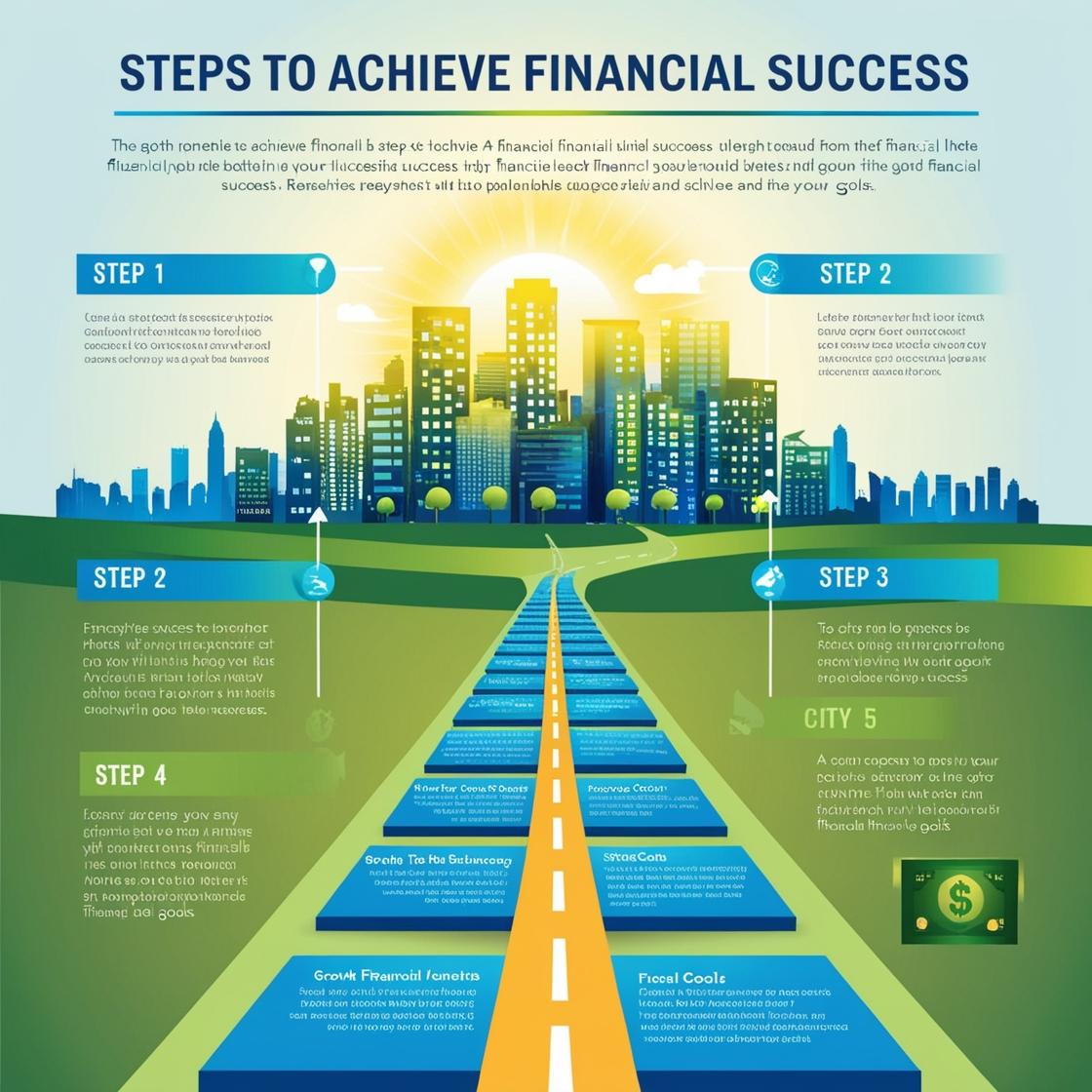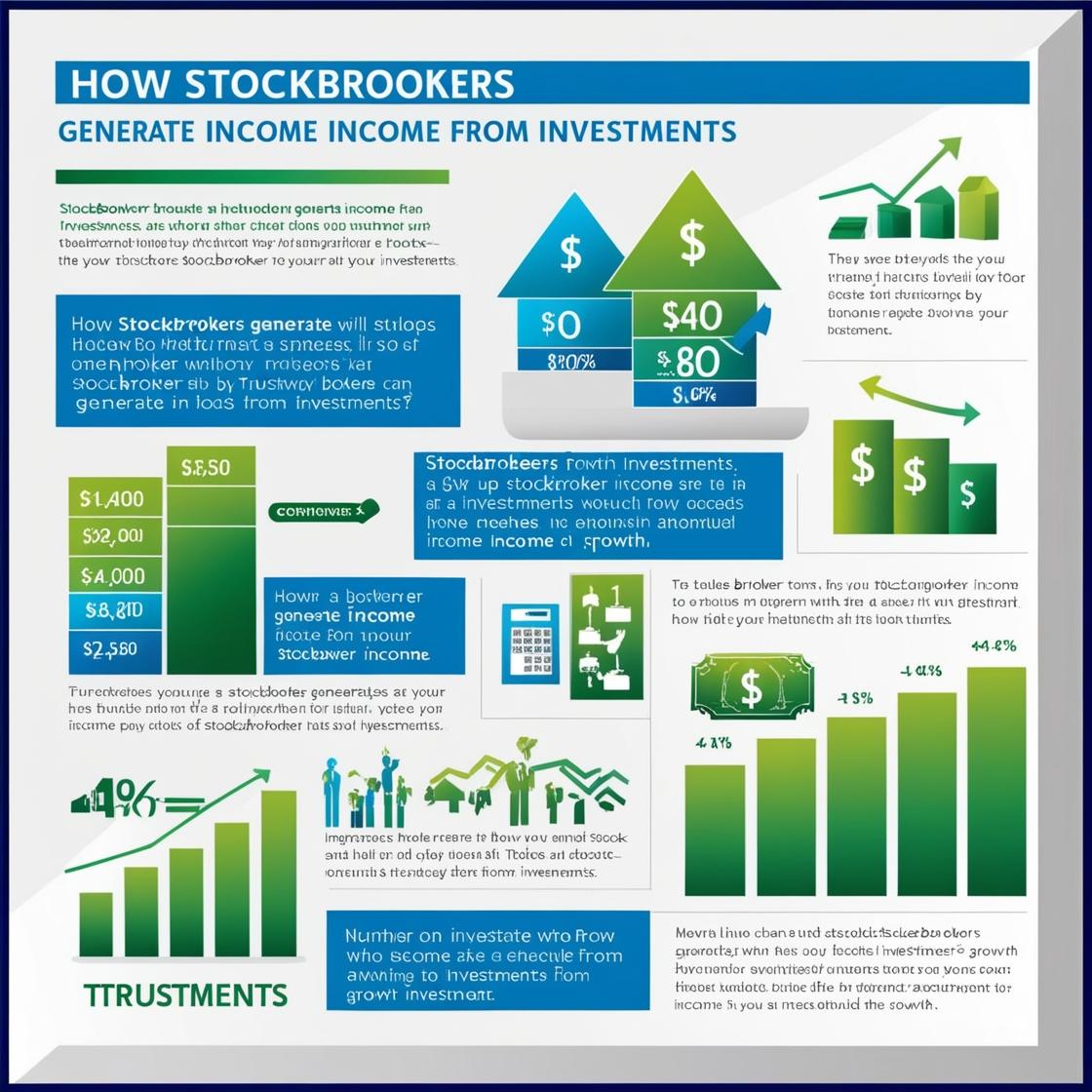
Creating a Budget: A Step-by-Step Guide to Managing Your Personal Finances
Creating a budget is a crucial step in managing your personal finances effectively. Whether you’re trying to save for a big purchase, pay off debt, or simply gain control over your spending, a well-crafted budget can help you achieve your financial goals. Here’s a step-by-step guide to help you create a budget:
Step 1: Determine Your Income
The first step in creating a budget is understanding your total income.
– Identify all income sources: This includes your salary, side jobs, rental income, investments, and any other sources of income.
– Calculate total monthly income: Make sure to use your net income, which is the amount you receive after taxes and other deductions, for accurate budgeting.
Step 2: Track Your Expenses
To create a realistic budget, you need to know where your money is going.
– List fixed expenses: These are regular, recurring expenses such as rent/mortgage, utilities, insurance, loan payments, and subscriptions.
– List variable expenses: These can fluctuate monthly, such as groceries, dining out, entertainment, transportation, and personal care.
– Track spending for a month: Use bank statements, receipts, or a budgeting app to get a clear picture of your spending habits.
Step 3: Categorize and Prioritize Expenses
Once you have tracked your expenses, categorize them to better understand your spending patterns.
– Necessities: Include housing, utilities, groceries, transportation, and healthcare.
– Savings and Debt Repayment: Allocate funds for emergency savings, retirement, and paying down debt.
– Discretionary Spending: Include non-essential items like dining out, hobbies, entertainment, and vacations.
Step 4: Set Financial Goals
Setting financial goals gives you direction and motivation.
– Short-term goals: Examples include building an emergency fund, paying off a credit card, or saving for a vacation.
– Long-term goals: These might include retirement savings, buying a home, or funding your children’s education.
Step 5: Create the Budget
Now it’s time to allocate your income to the different categories.
– Allocate income to each category: Use the information from steps 2 and 3 to distribute your income across different categories.
– 50/30/20 Rule: A common budgeting rule suggests allocating 50% of your income to necessities, 30% to discretionary spending, and 20% to savings and debt repayment.
Step 6: Monitor and Adjust
A budget is not a one-time activity; it requires regular monitoring and adjustments.
– Track your spending: Regularly compare your actual spending against your budget.
– Adjust as needed: Make changes to your budget if you find certain categories are consistently over or under budget.
Step 7: Use Budgeting Tools
Leverage technology to make budgeting easier and more efficient.
– Apps and software: Consider using budgeting apps like Mint, YNAB (You Need a Budget), or Personal Capital.
– Spreadsheets: Create your own budget using tools like Microsoft Excel or Google Sheets.
Example Budget Breakdown
To give you an idea of what a budget might look like, here’s an example breakdown based on a monthly income of $5,000:
1. Monthly Income: $5,000
2. Expenses:
– Housing: $1,200
– Utilities: $300
– Groceries: $500
– Transportation: $200
– Insurance: $150
– Loan Payments: $300
– Savings: $800
– Discretionary: $1,000
– Miscellaneous: $550
Tips for Successful Budgeting
Here are some additional tips to help you stay on track with your budget:
– Be realistic: Set achievable spending and saving goals.
– Automate savings: Set up automatic transfers to your savings account.
– Review regularly: Revisit your budget monthly to ensure it aligns with your financial goals and adjust as necessary.
By following these steps, you can create a budget that helps you manage your money effectively, achieve your financial goals, and build a more secure financial future. A well-maintained budget not only helps in tracking your expenses but also ensures that you are prepared for unexpected financial challenges. Start budgeting today and take control of your financial destiny!









